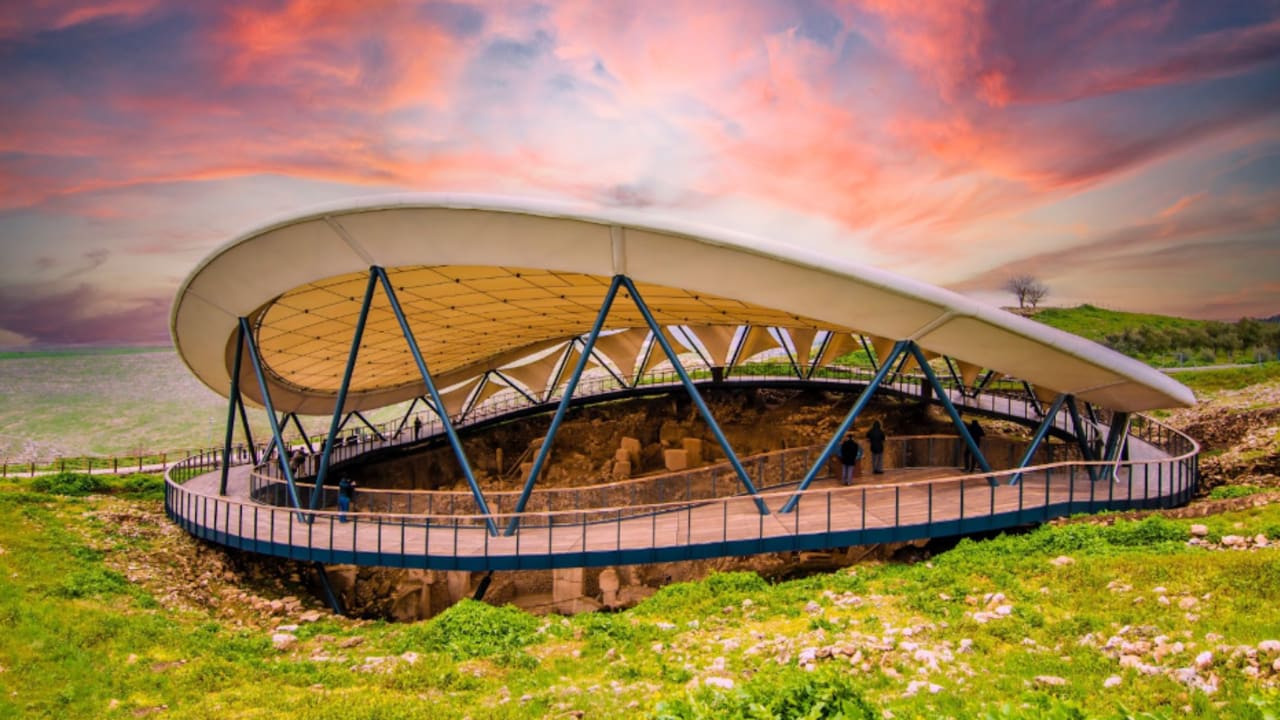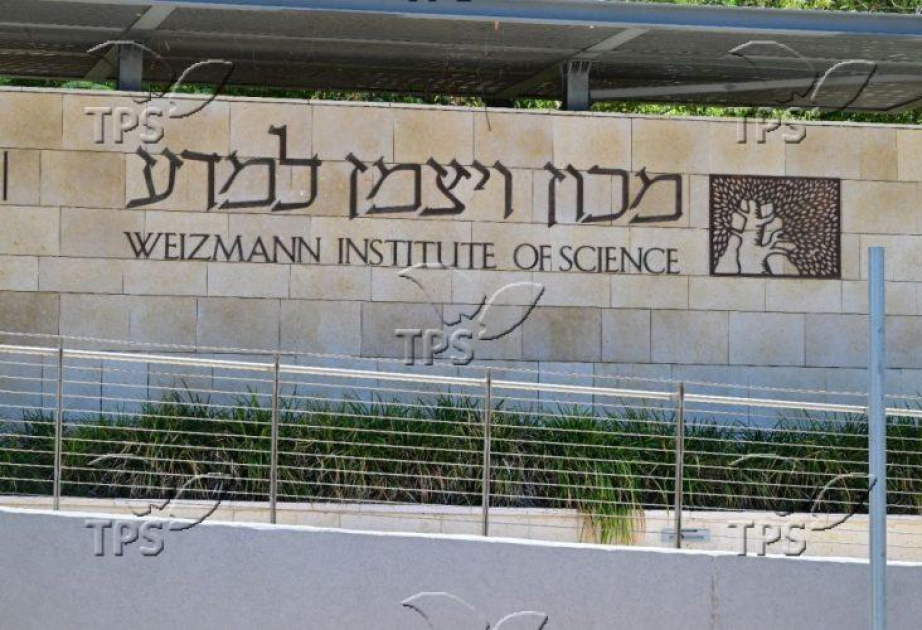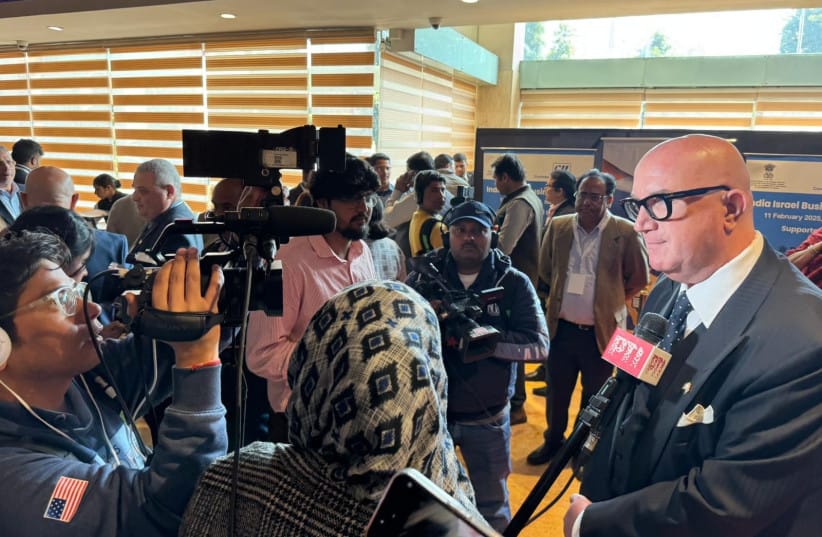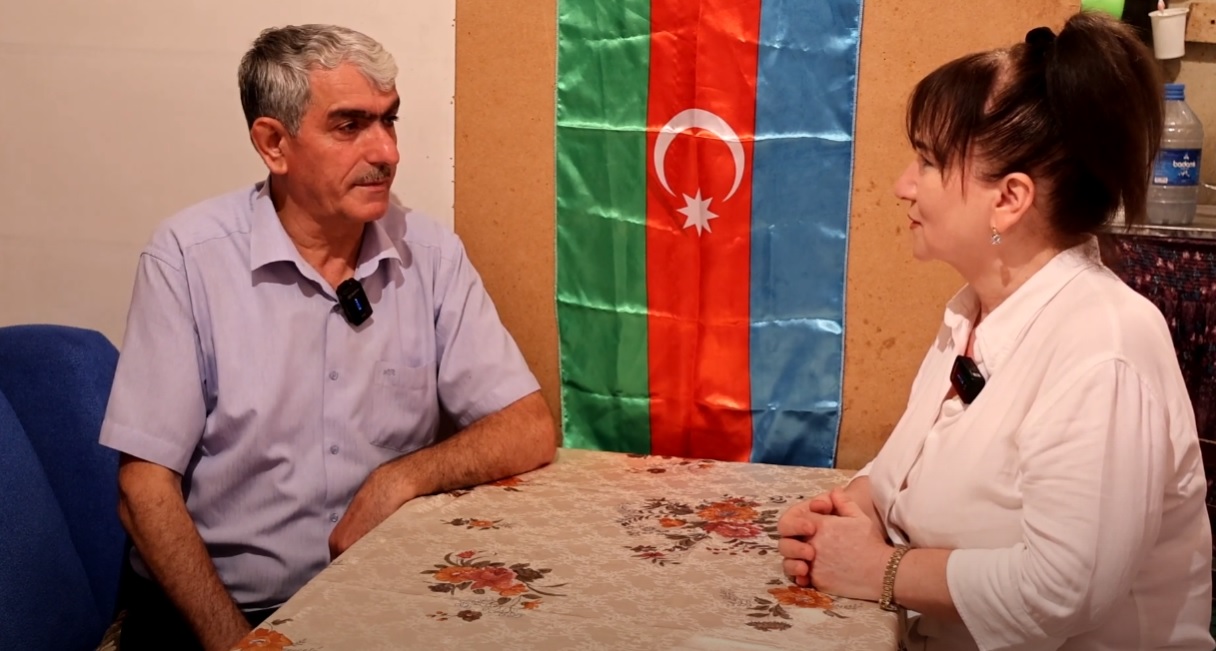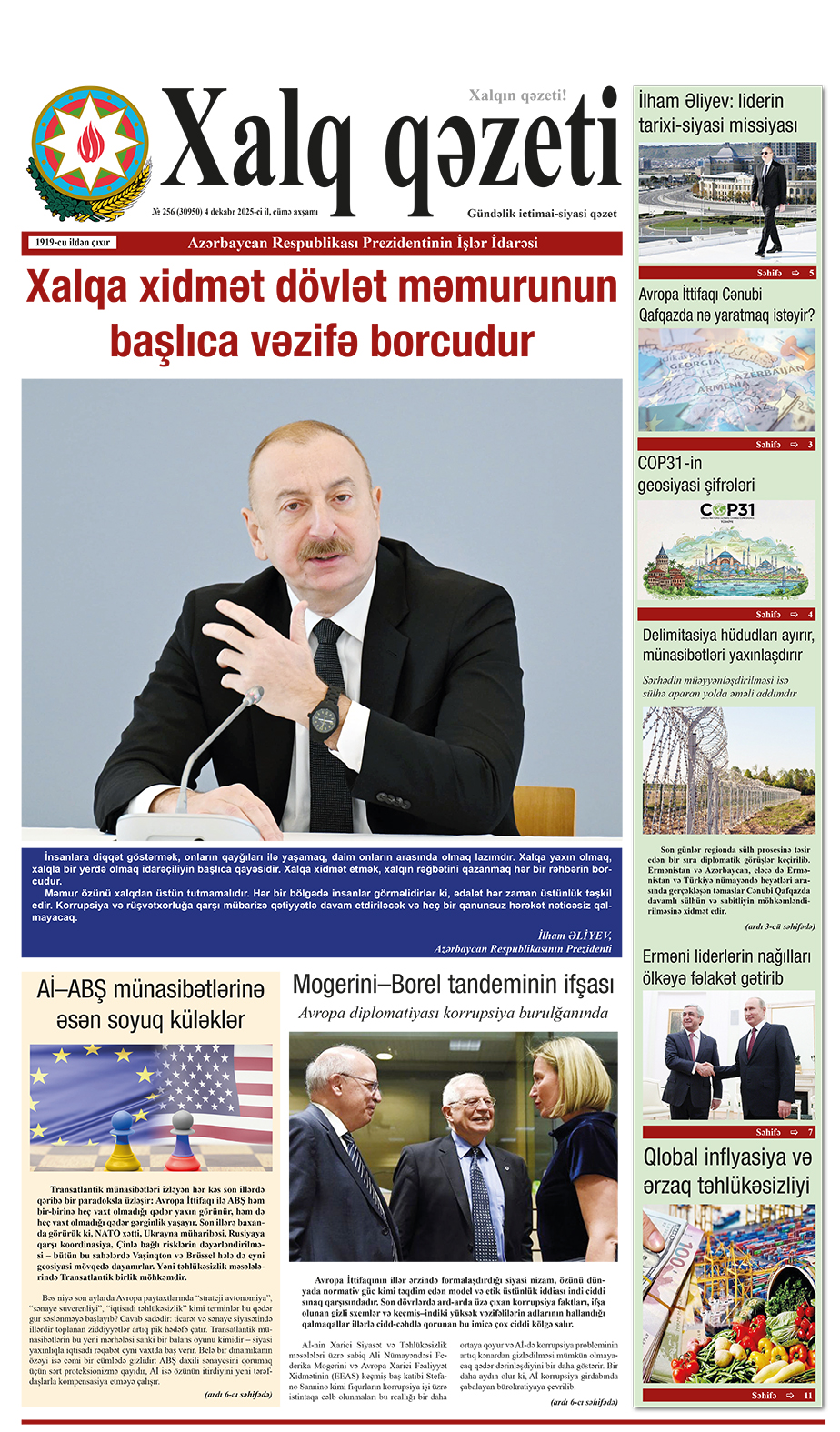ByJERUSALEM POST STAFF
"In just a few weeks of work, we identified the existence, locations, and densities of not only large monumental buildings and public structures but also residences," said the excavation director.
Recent comprehensive underground surveys at Göbeklitepe, a UNESCO World Heritage Site, revealed discoveries beyond the area's known monumental structures, including traces of quadrilateral structures possibly used as residences. This underscores the evolving understanding of the site’s layout and function, broadening our view of its historical significance.
This year's excavation season, which spanned approximately five months, concluded with pivotal findings and the restoration of structures. Efforts concentrated on Structure C revealed powerful animal motifs such as snakes, bulls, and pigs. Prof. Necmi Karul, the excavation director, expressed satisfaction at achieving substantial results within a relatively brief period. "In just a few weeks of work, we identified the existence, locations, and densities of not only large monumental buildings and public structures but also residences," said Karul.
The enhanced collaborative efforts at Göbeklitepe have marked a new era in archaeological exploration, explained Karul, who added that "there were areas we were made aware of their existence through geomagnetic measurements." He noted that olive trees previously covering the site were relocated earlier this year. "This way, we found the opportunity to make measurements and also prepared for excavation in the coming years," according to a report by Dünya Gazetesi.
As the world’s oldest known archaeological complex, Göbeklitepe remains pivotal in archaeological studies. The site, discovered in 1994 by the German archaeologist Klaus Schmidt, continues to redefine the understanding of early human civilizations. Prof. Barbara Horejs, Director of the Austrian Archaeological Institute, remarked that the findings are "exciting," and the project will progress further next year.


